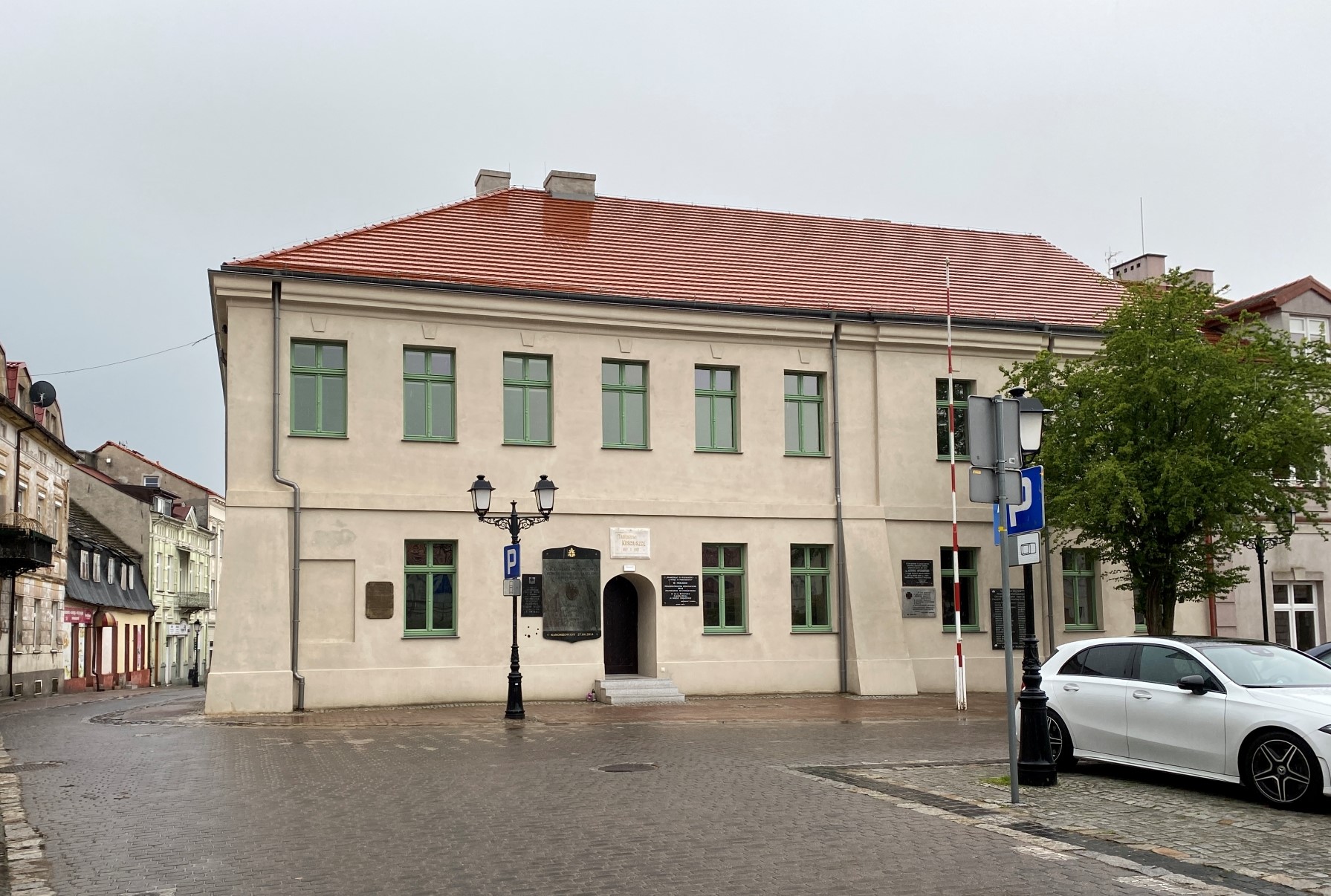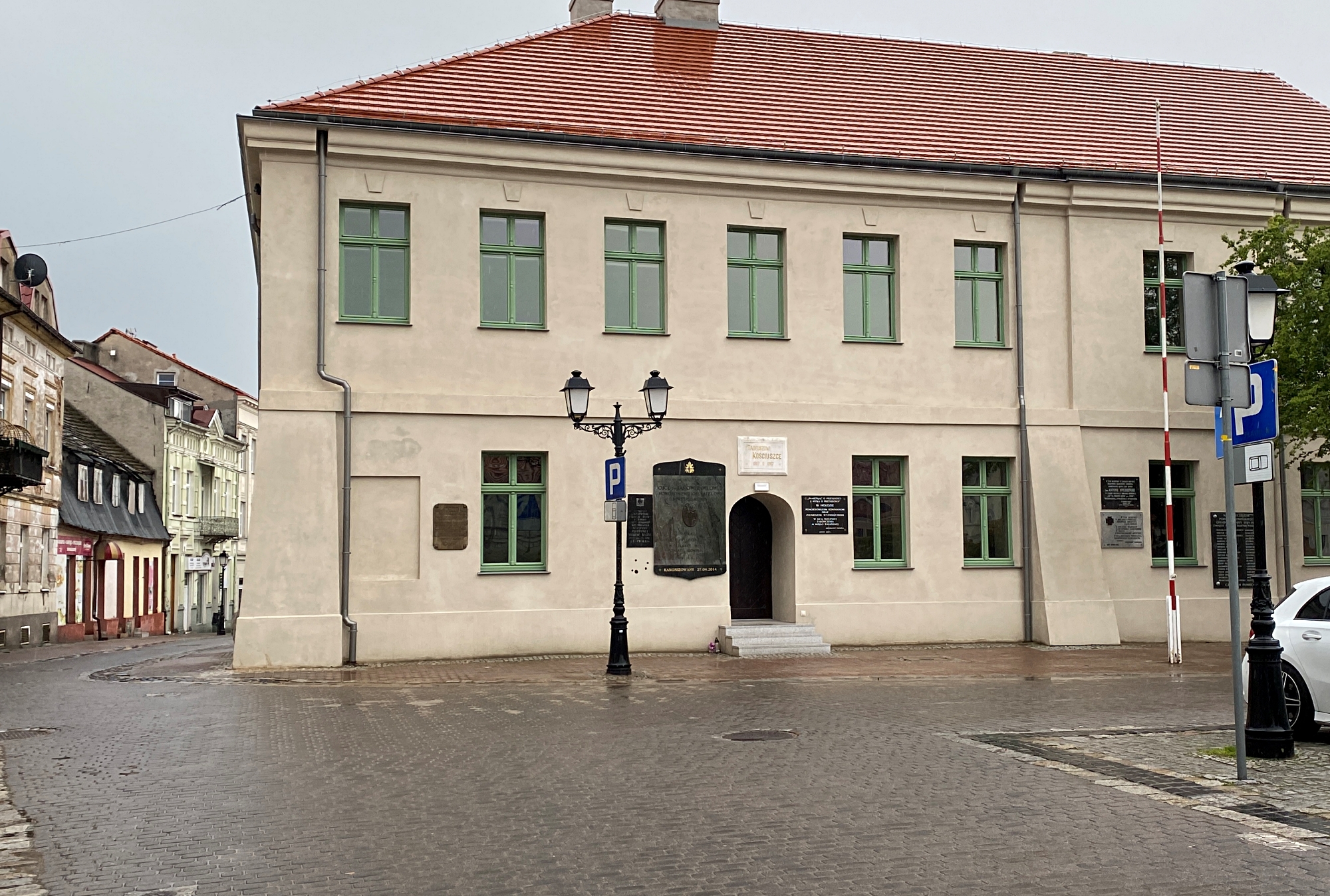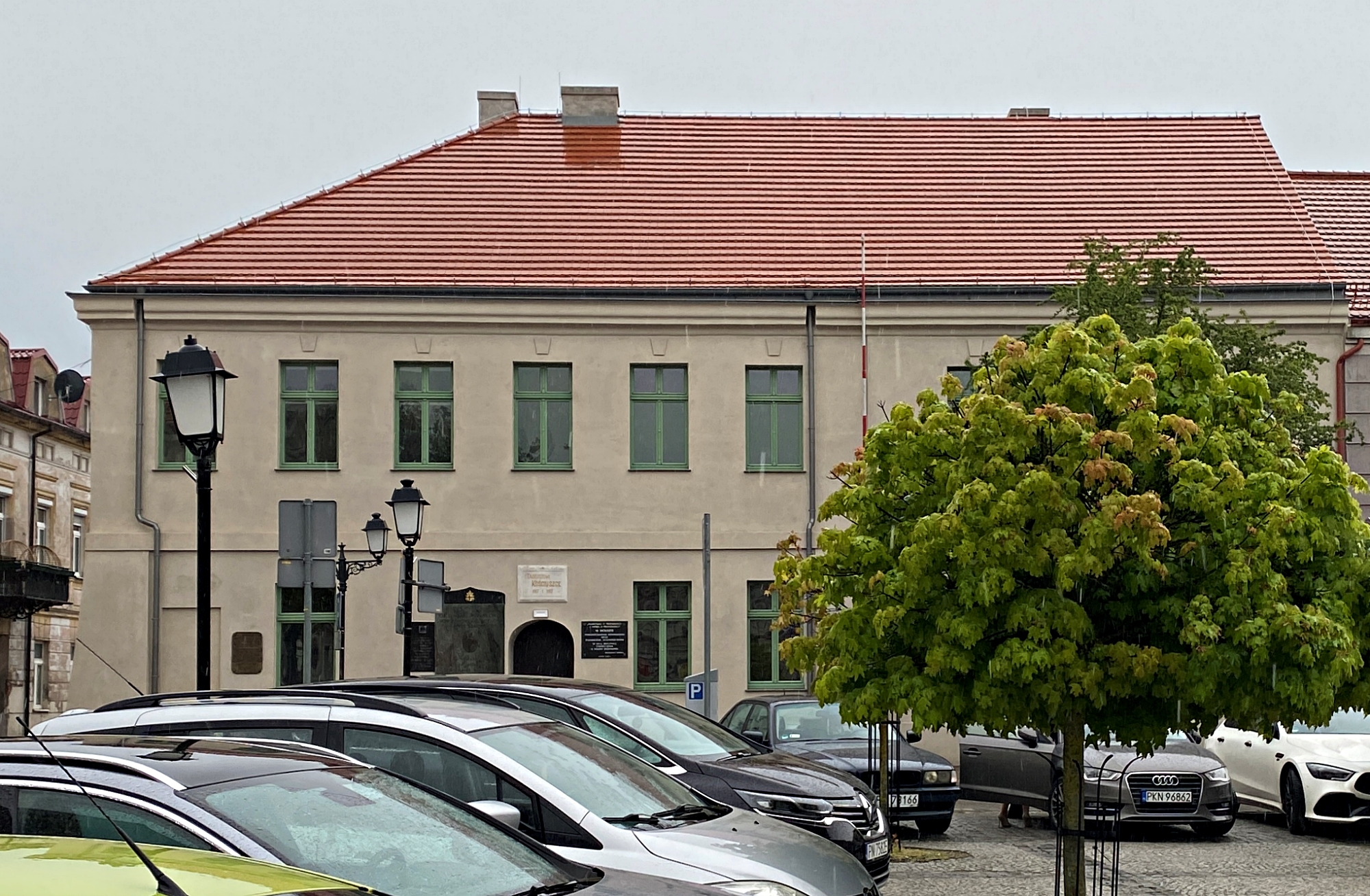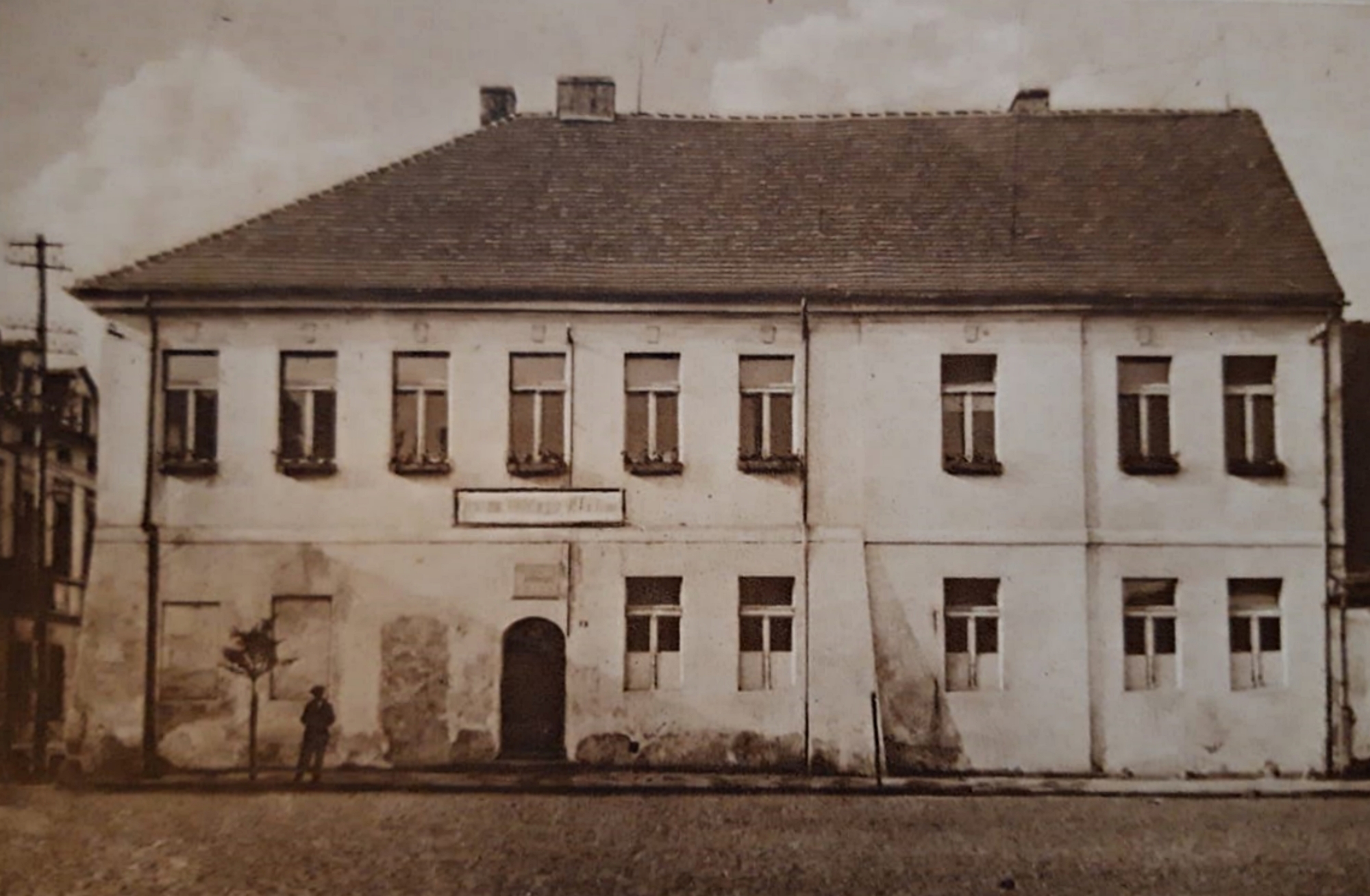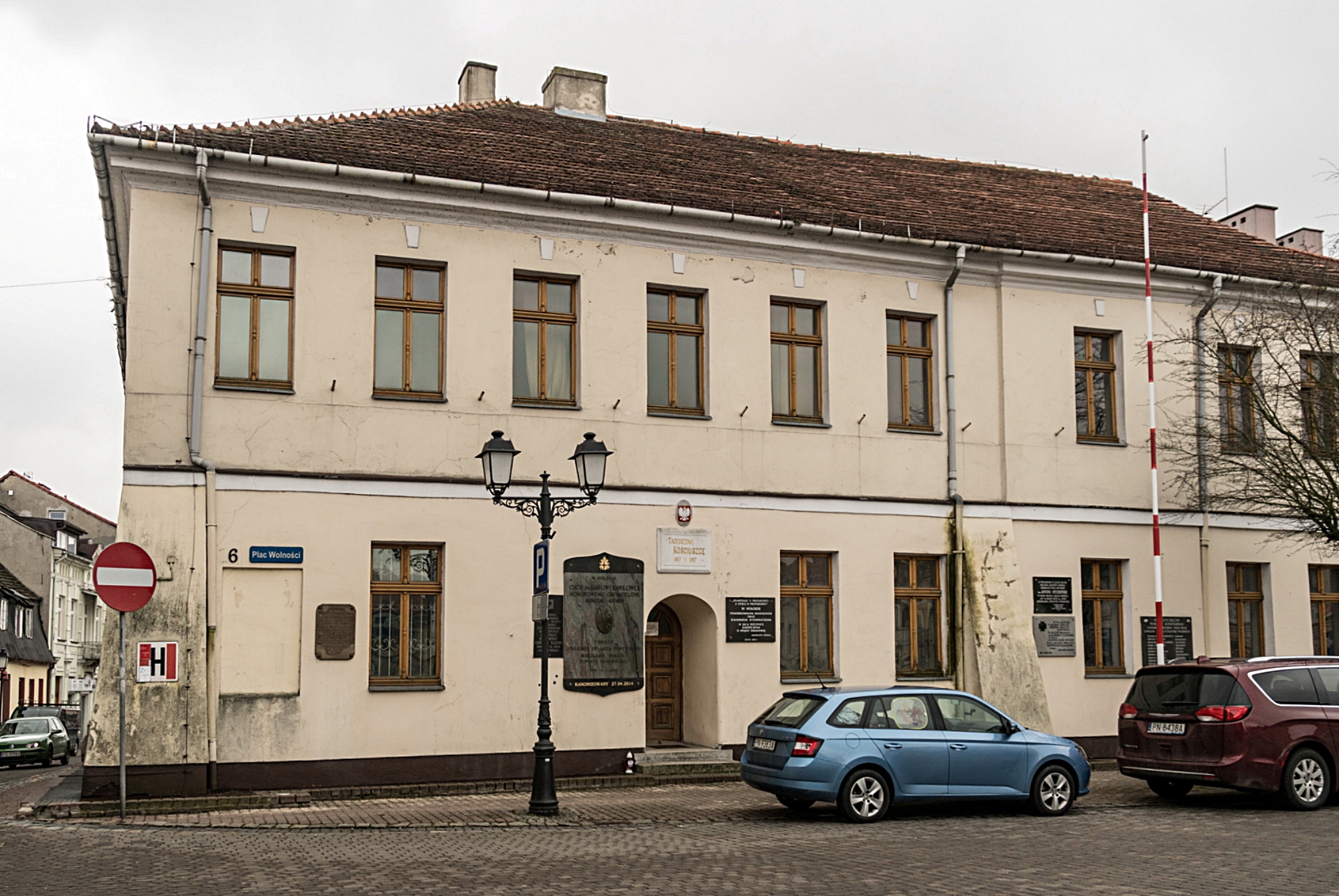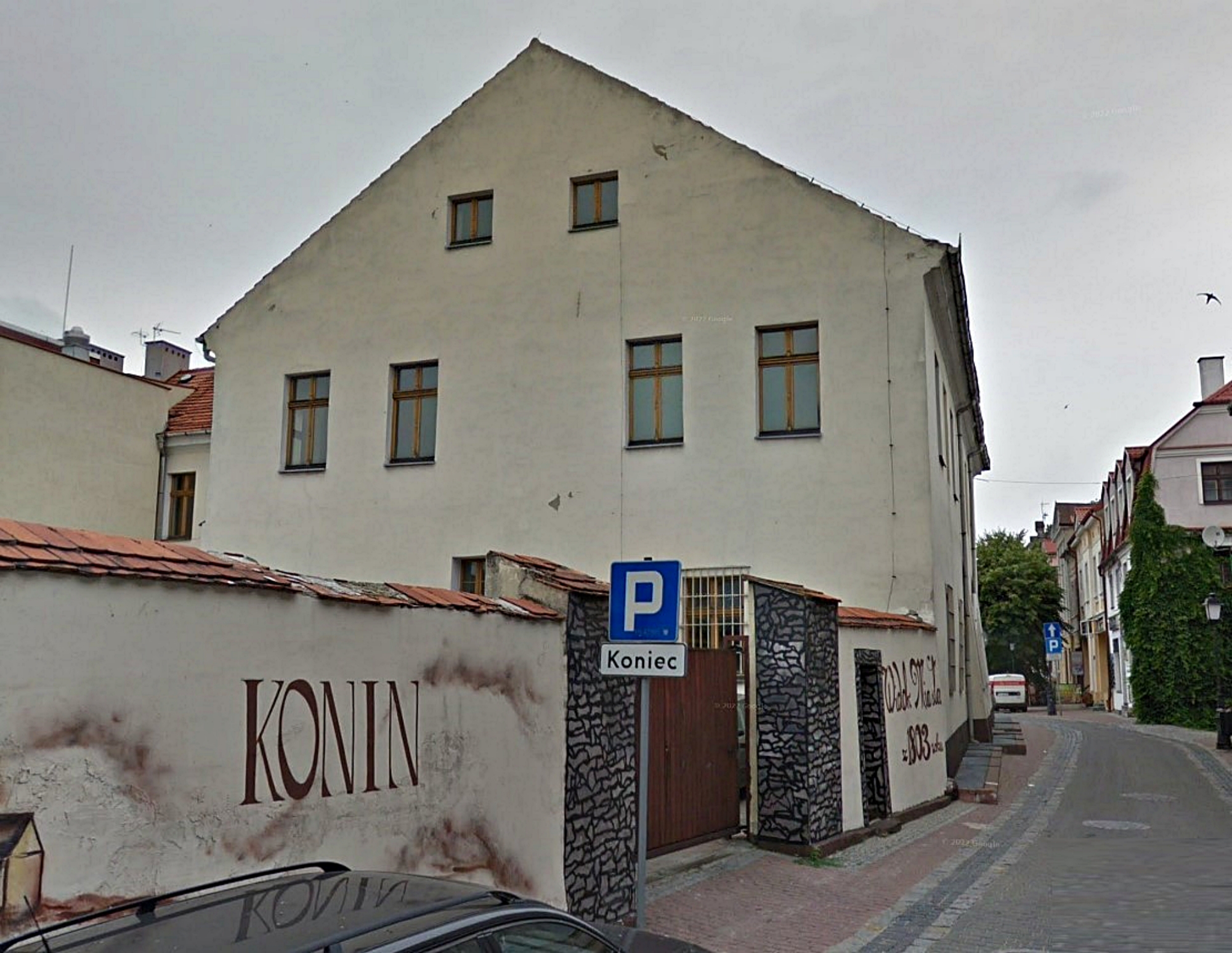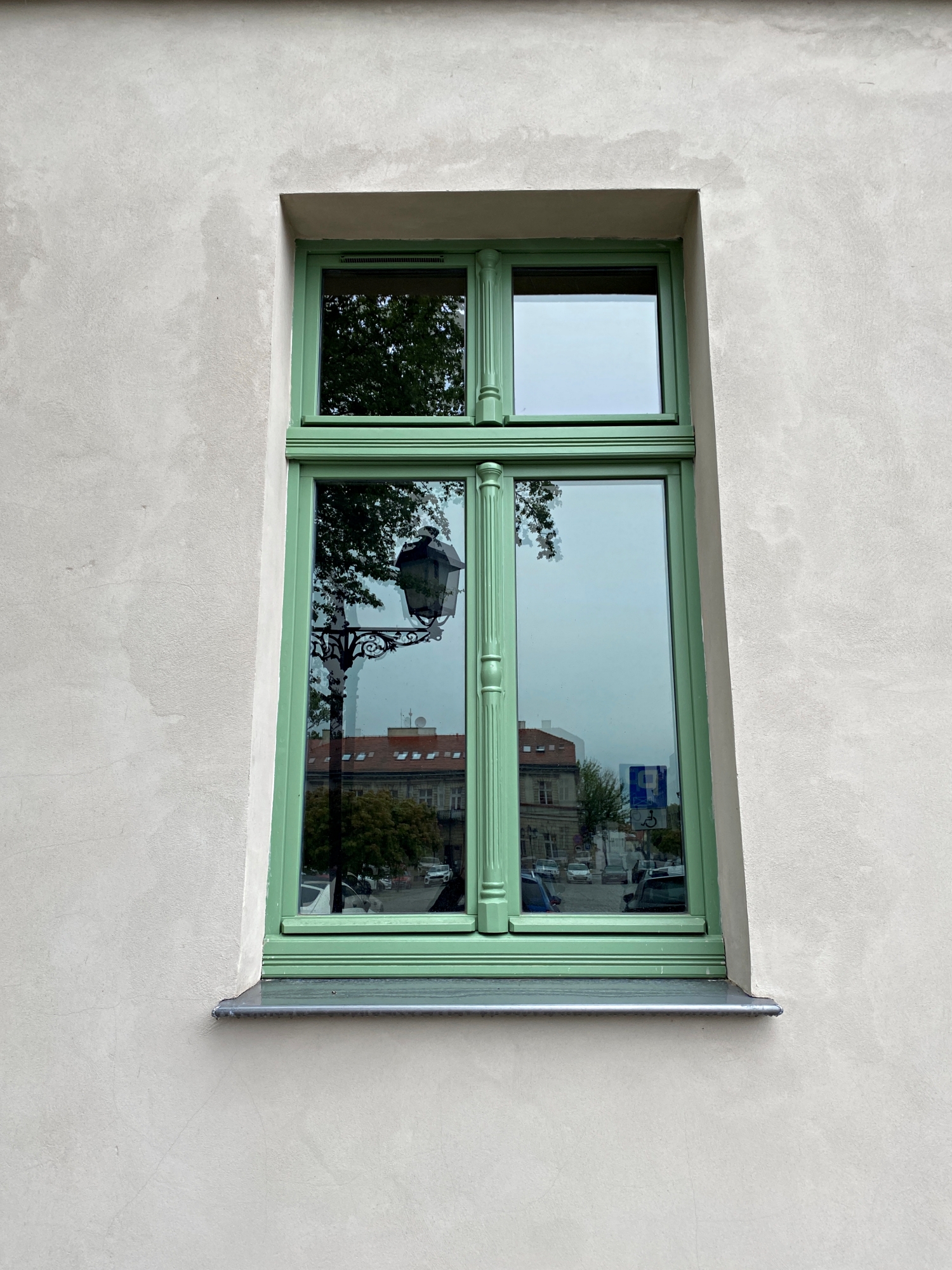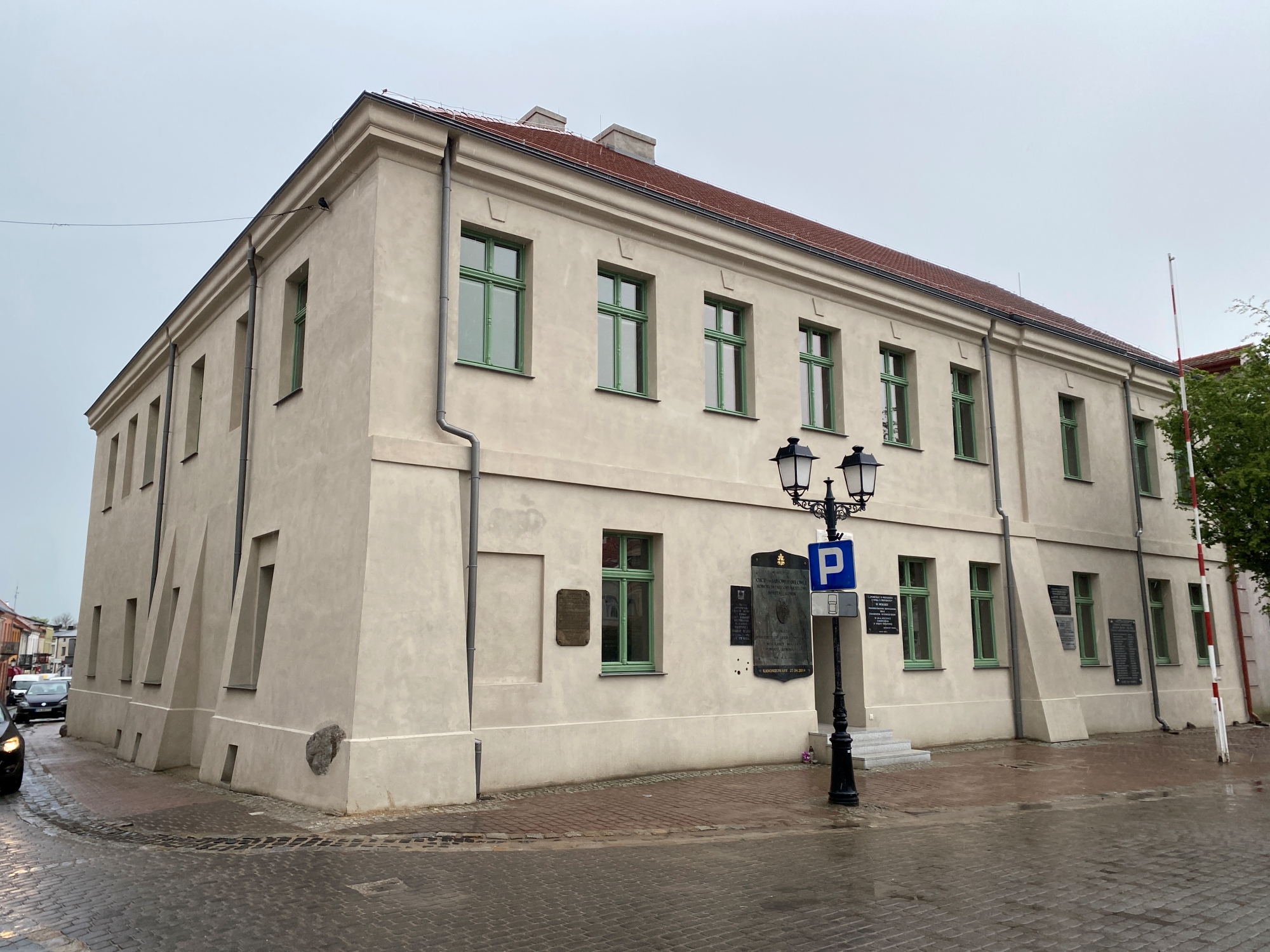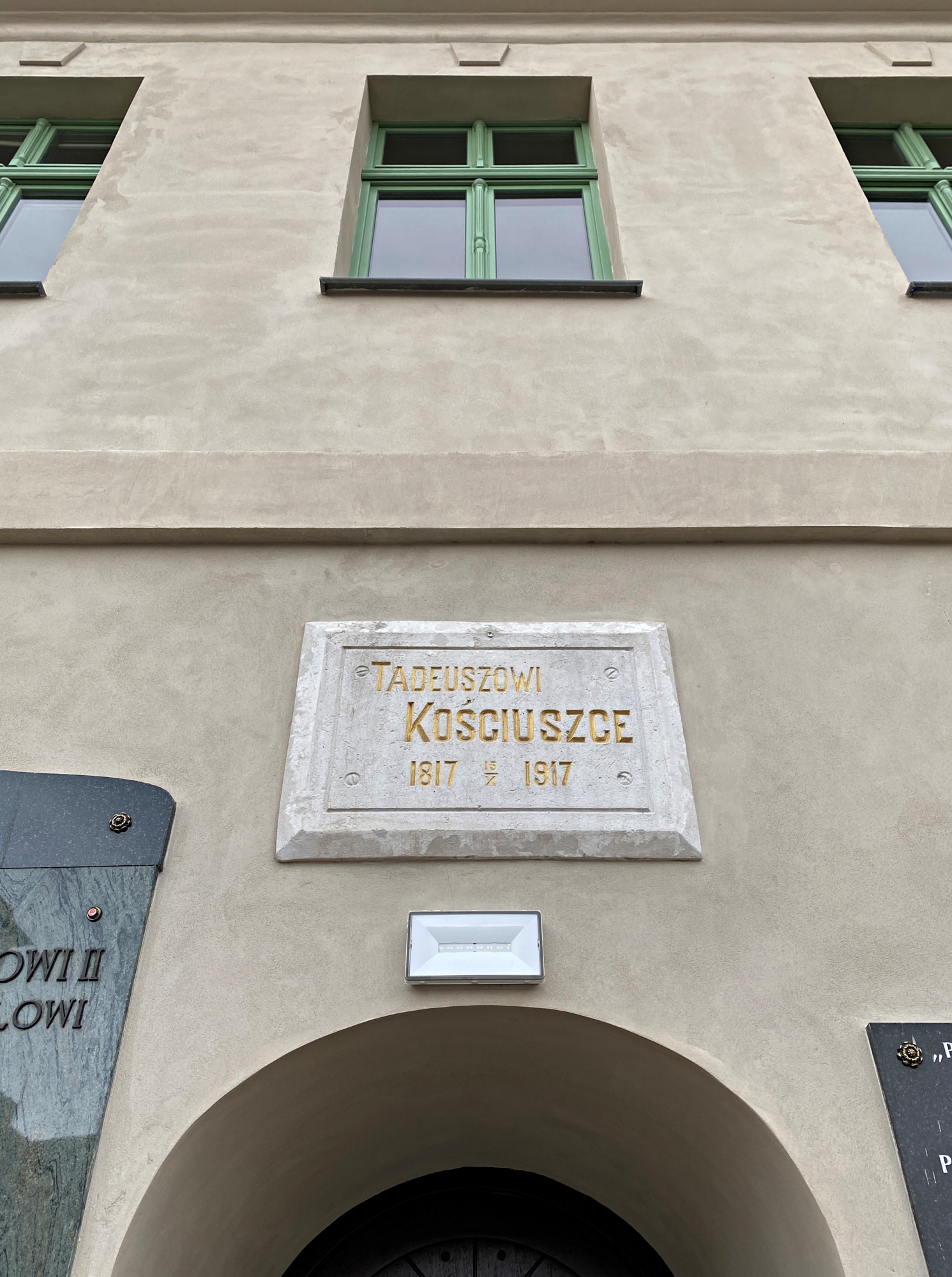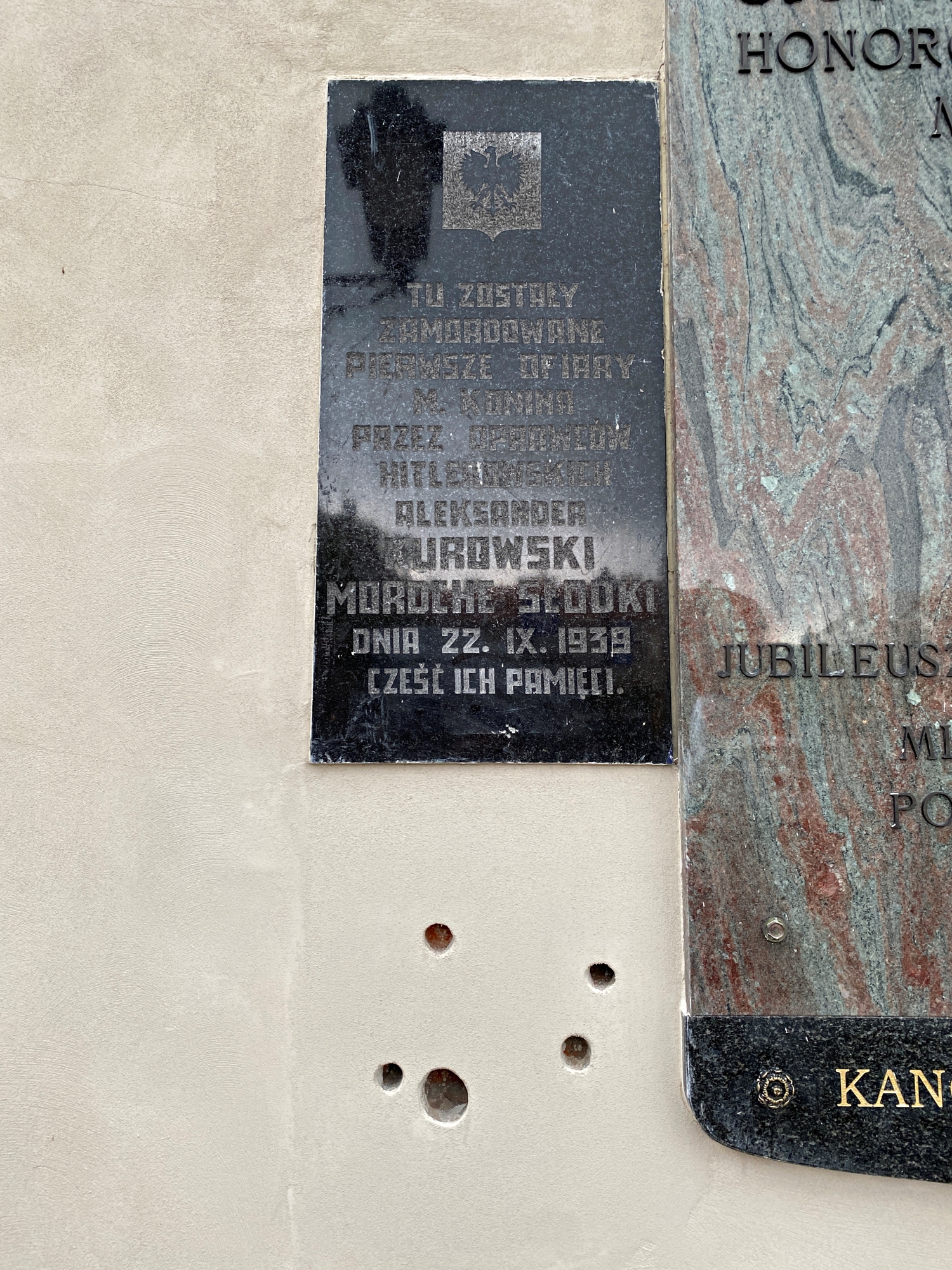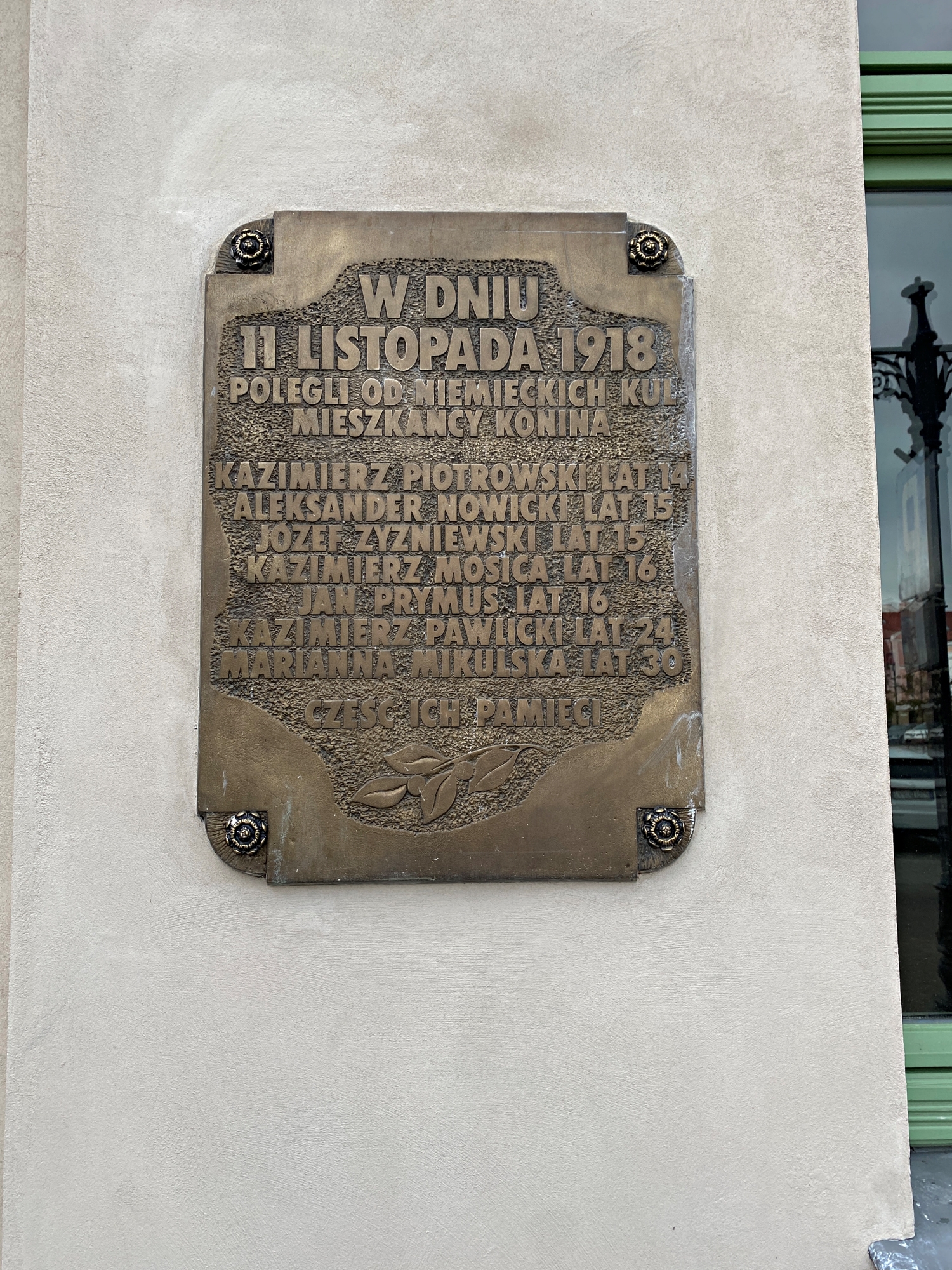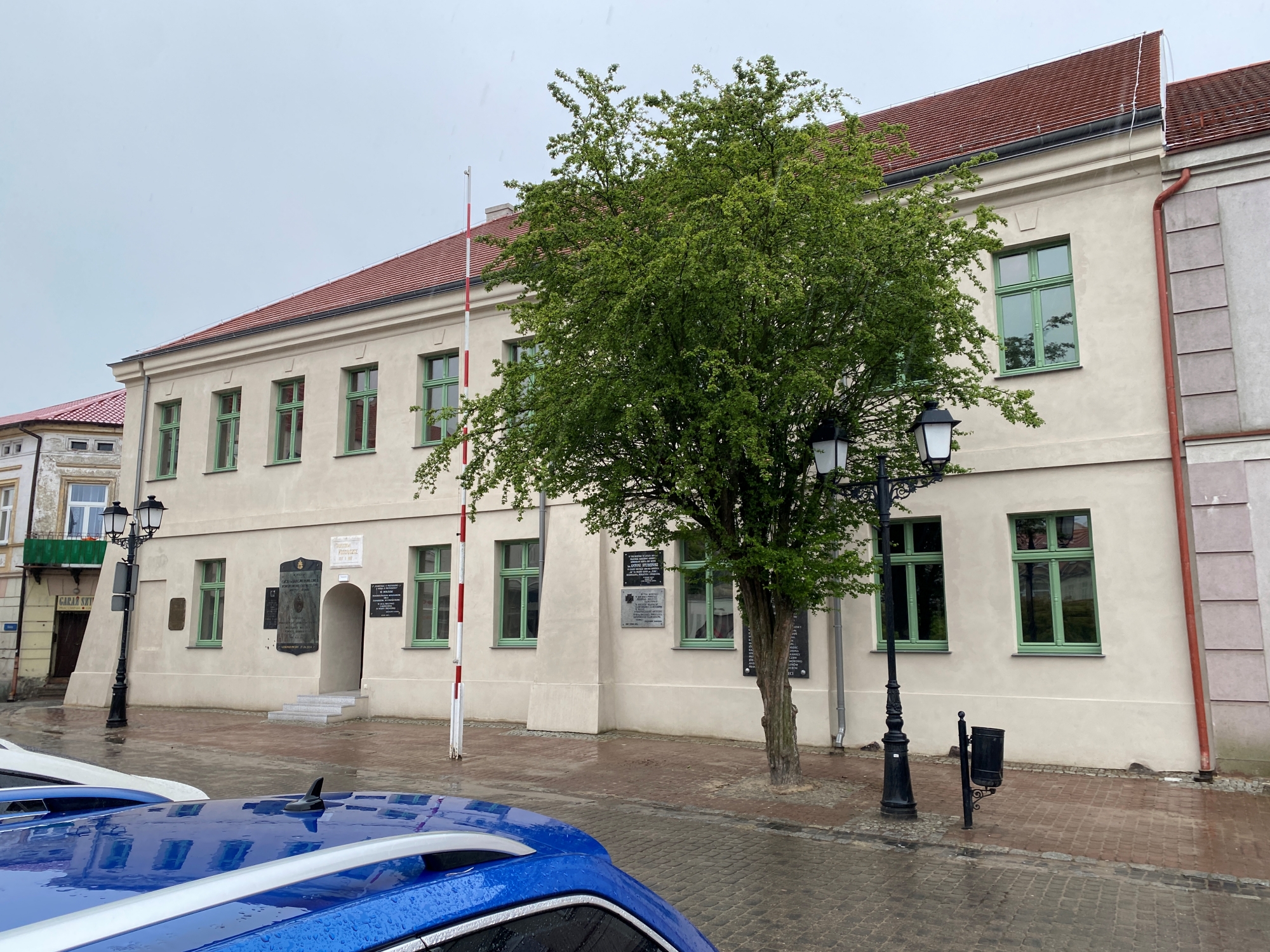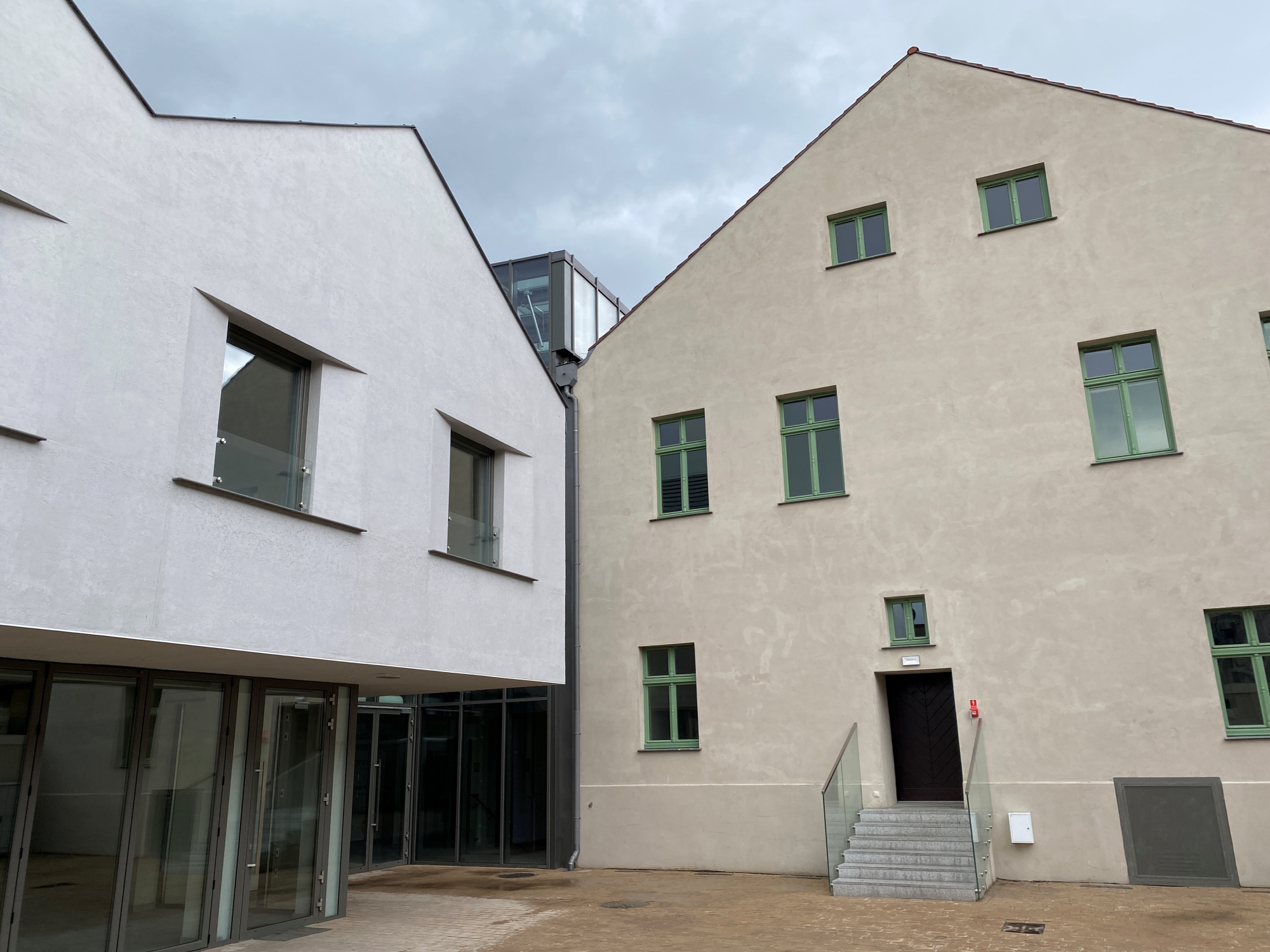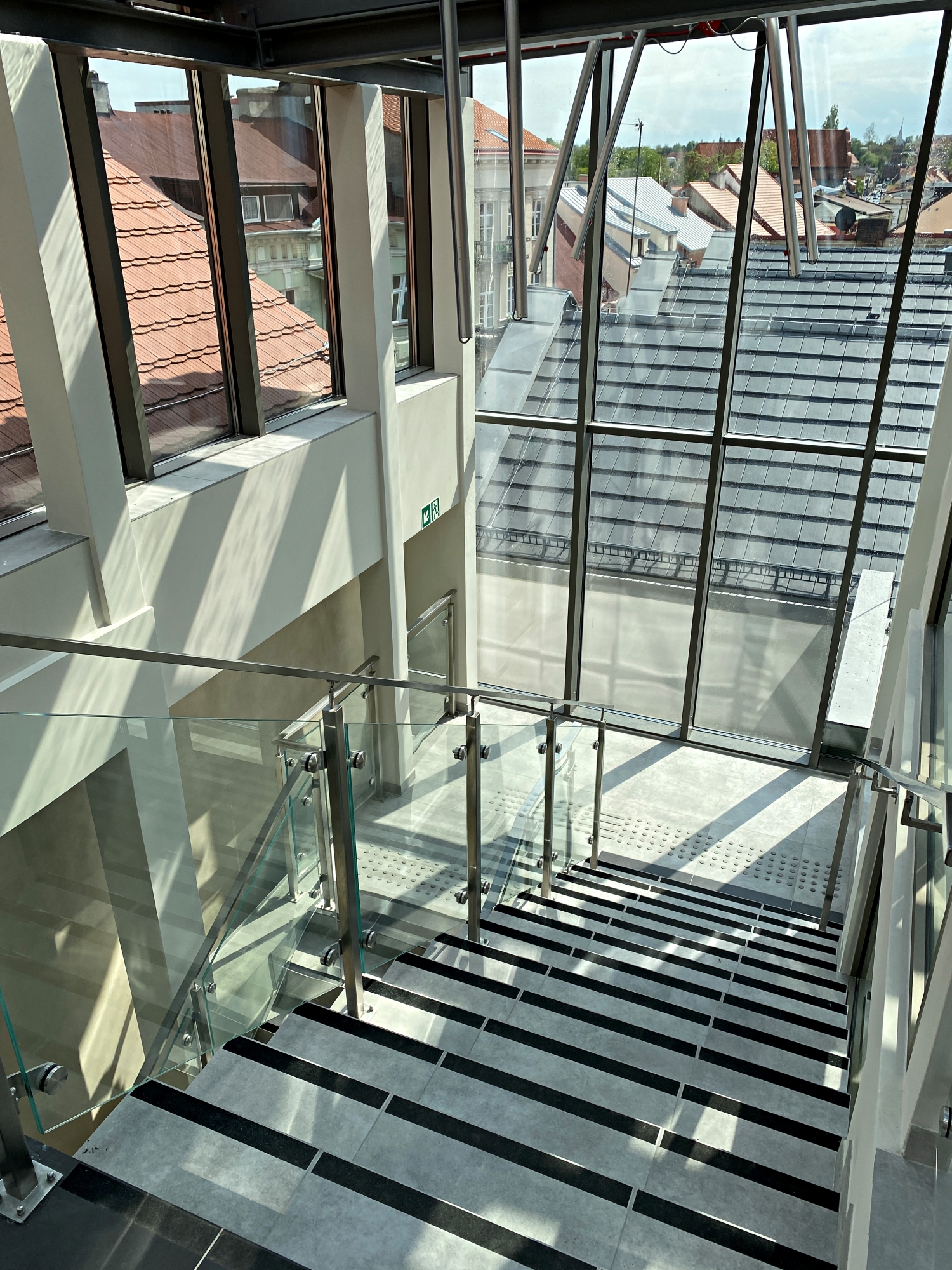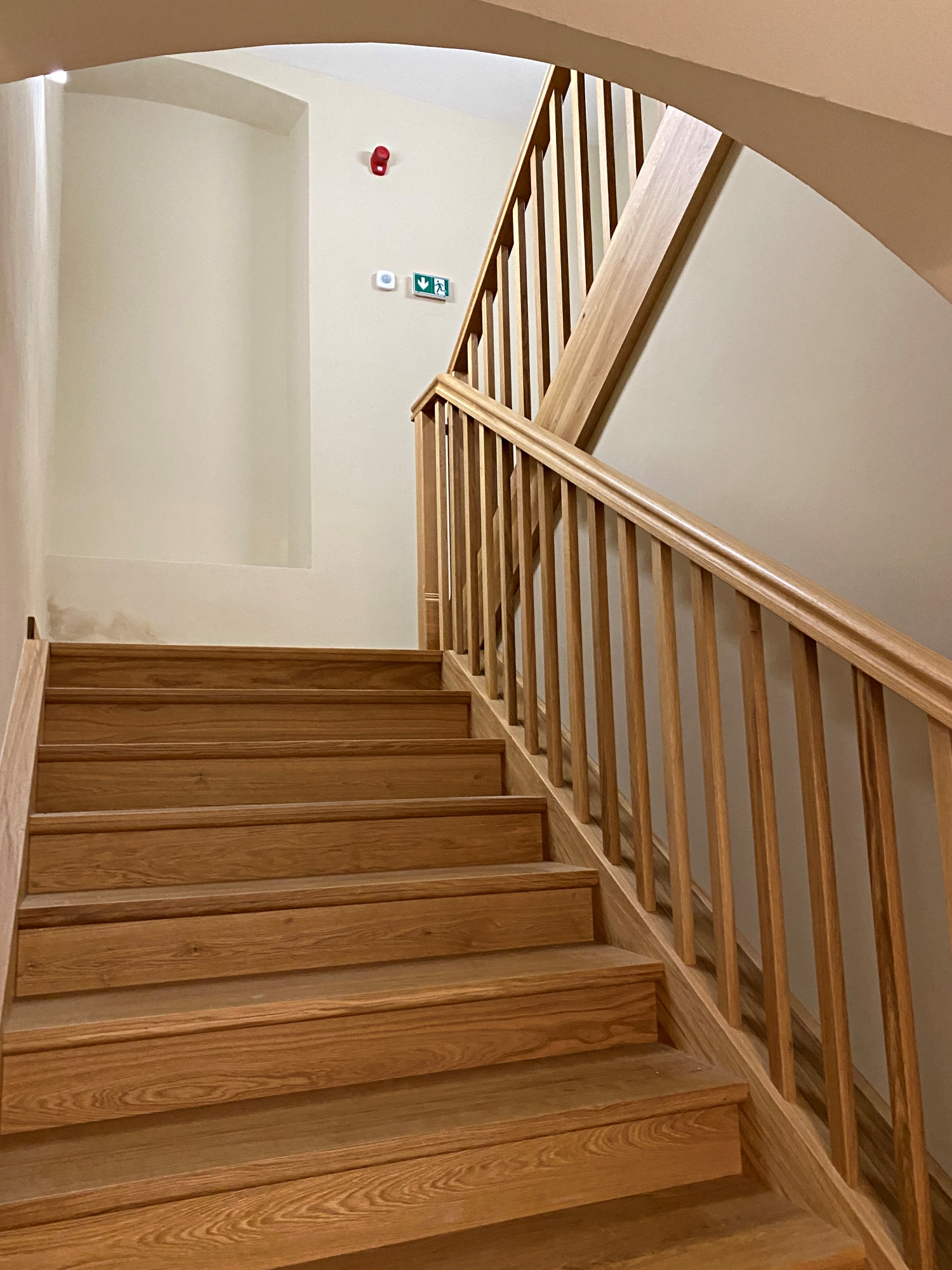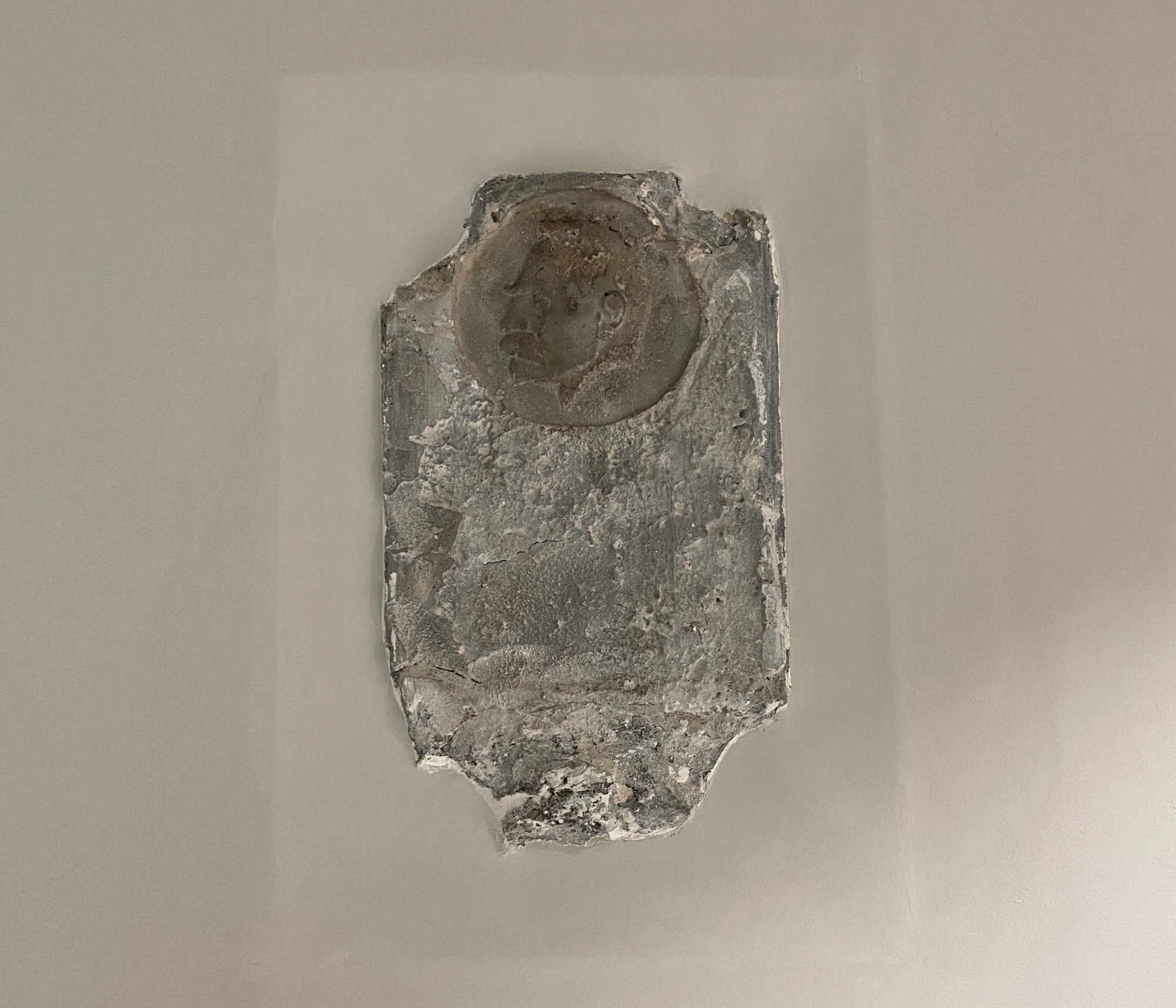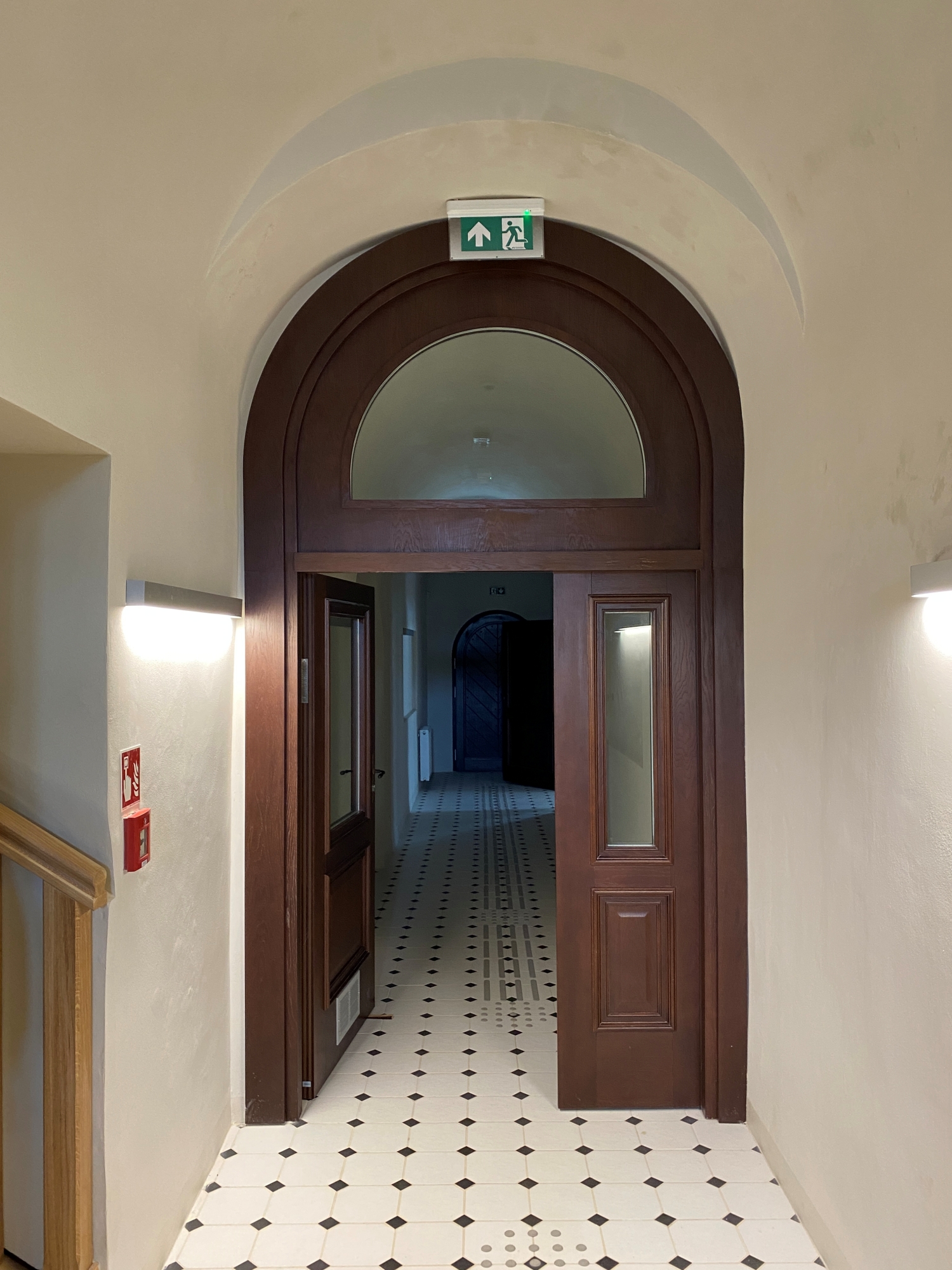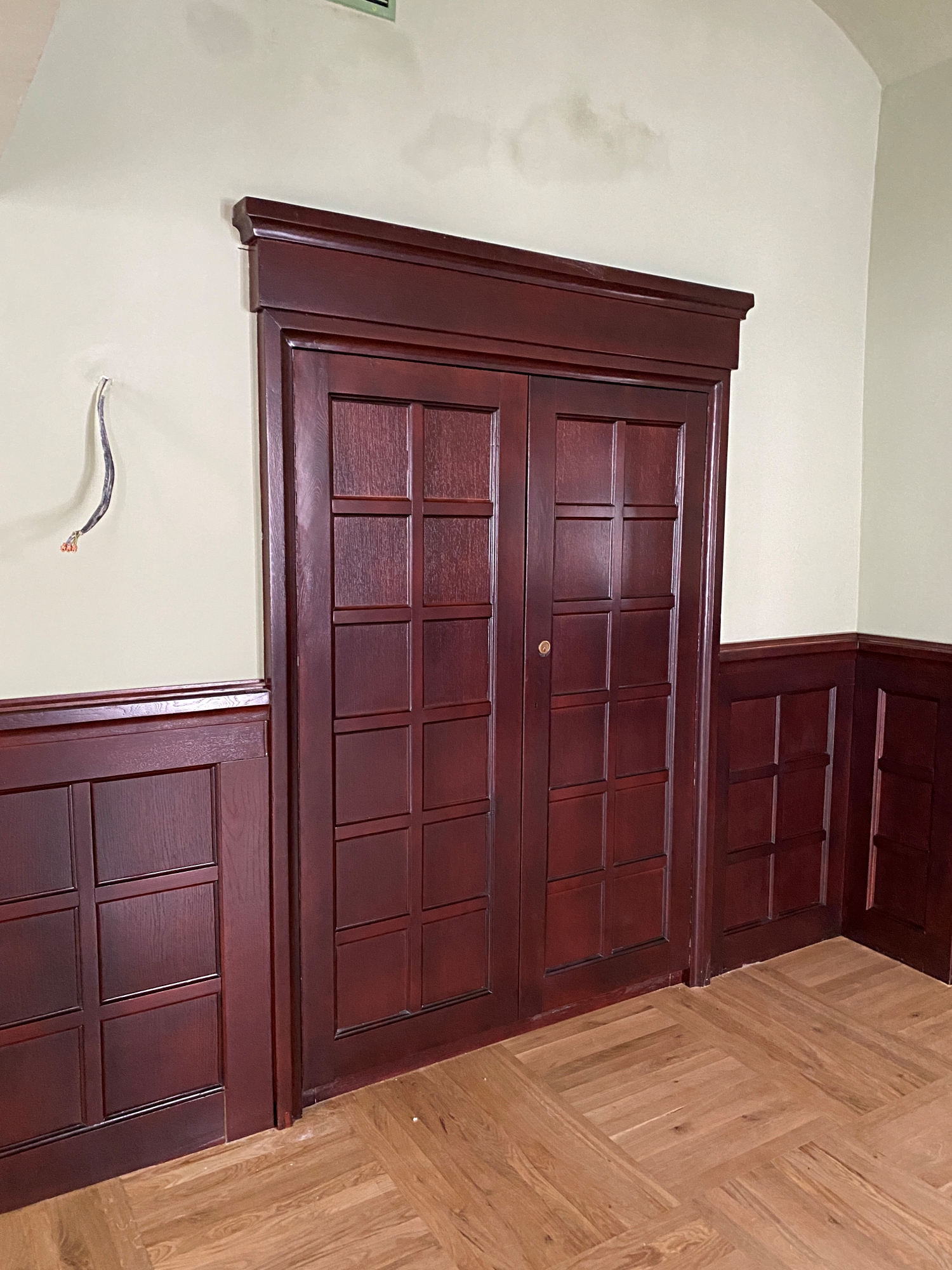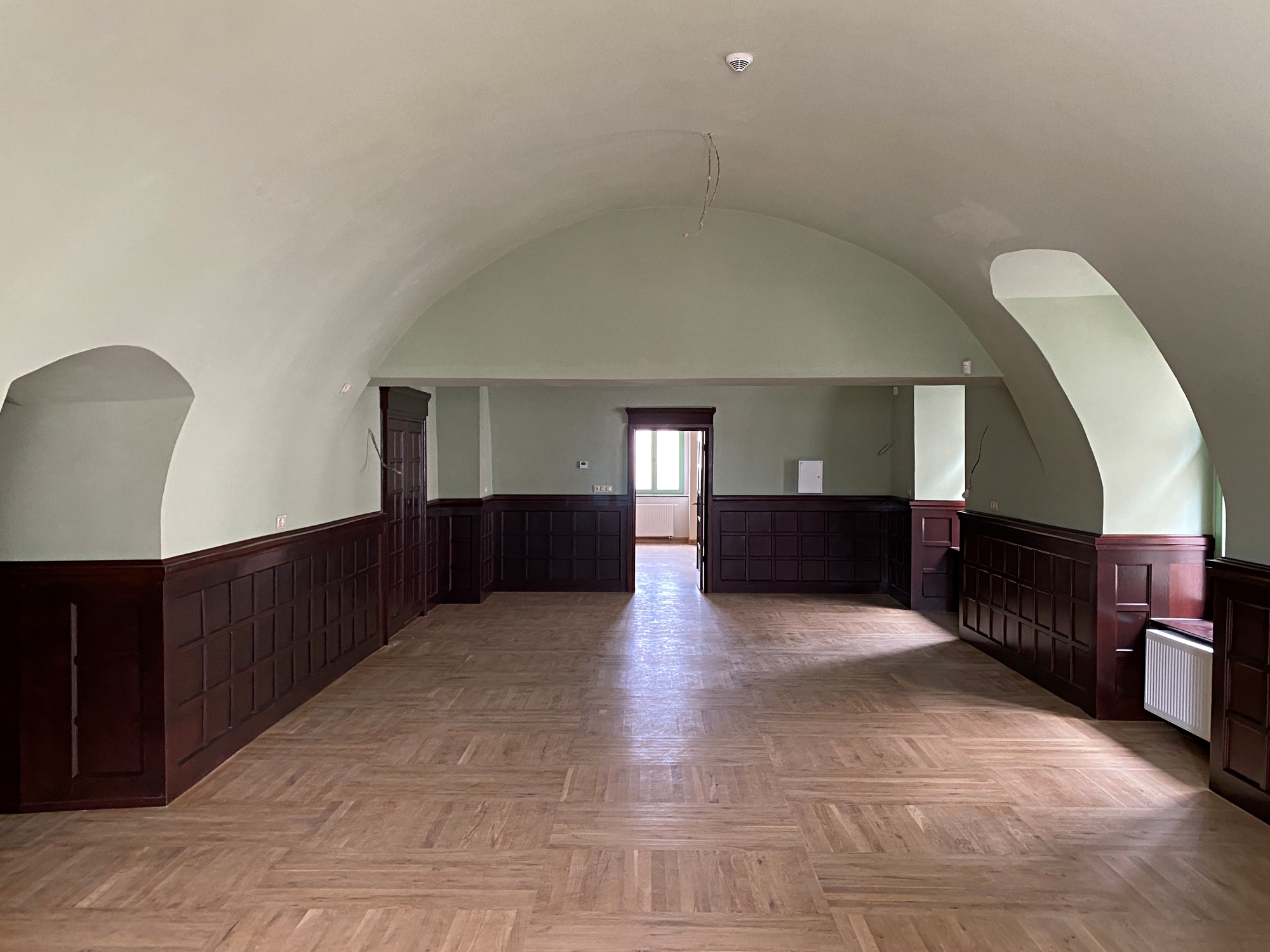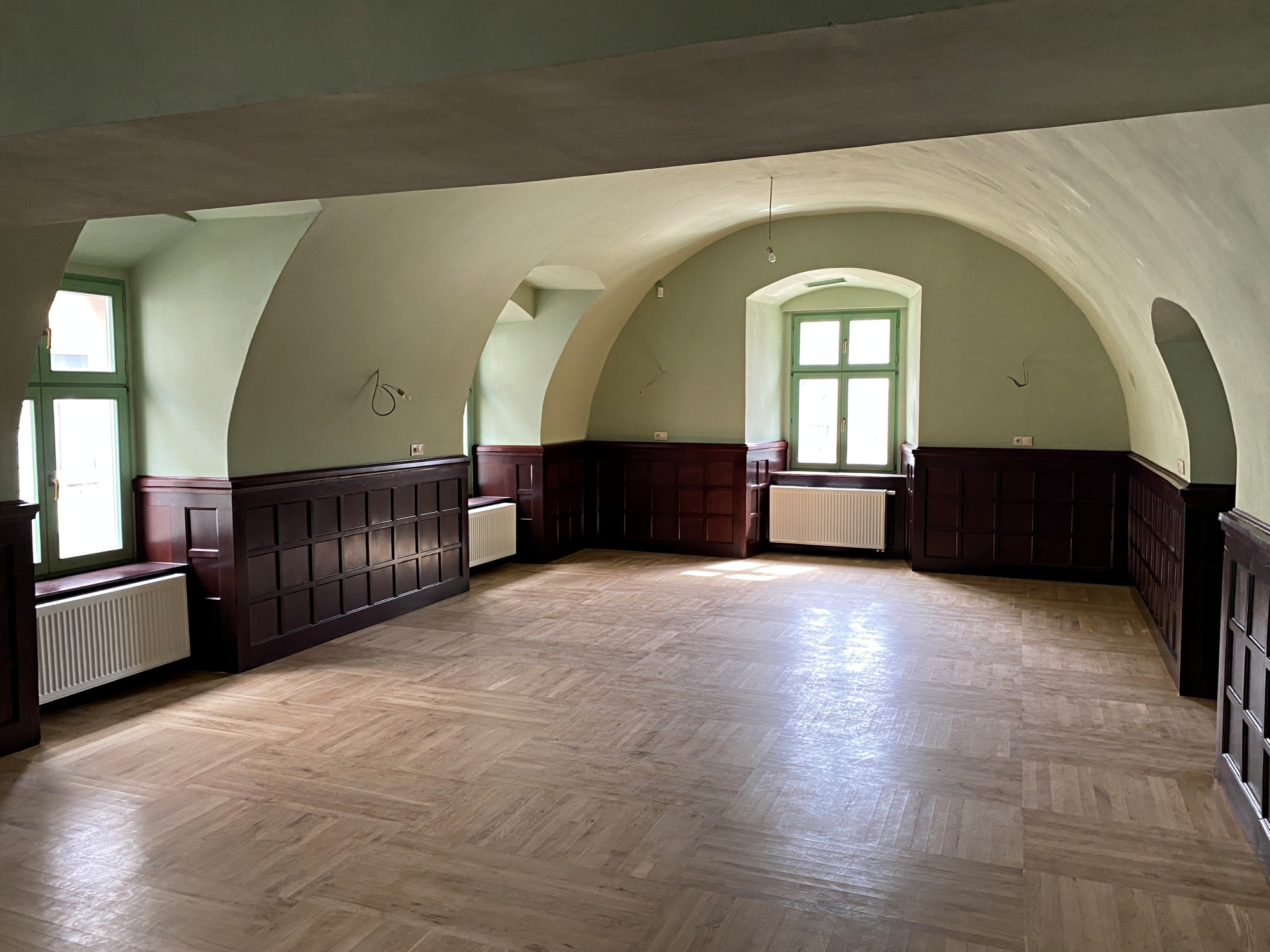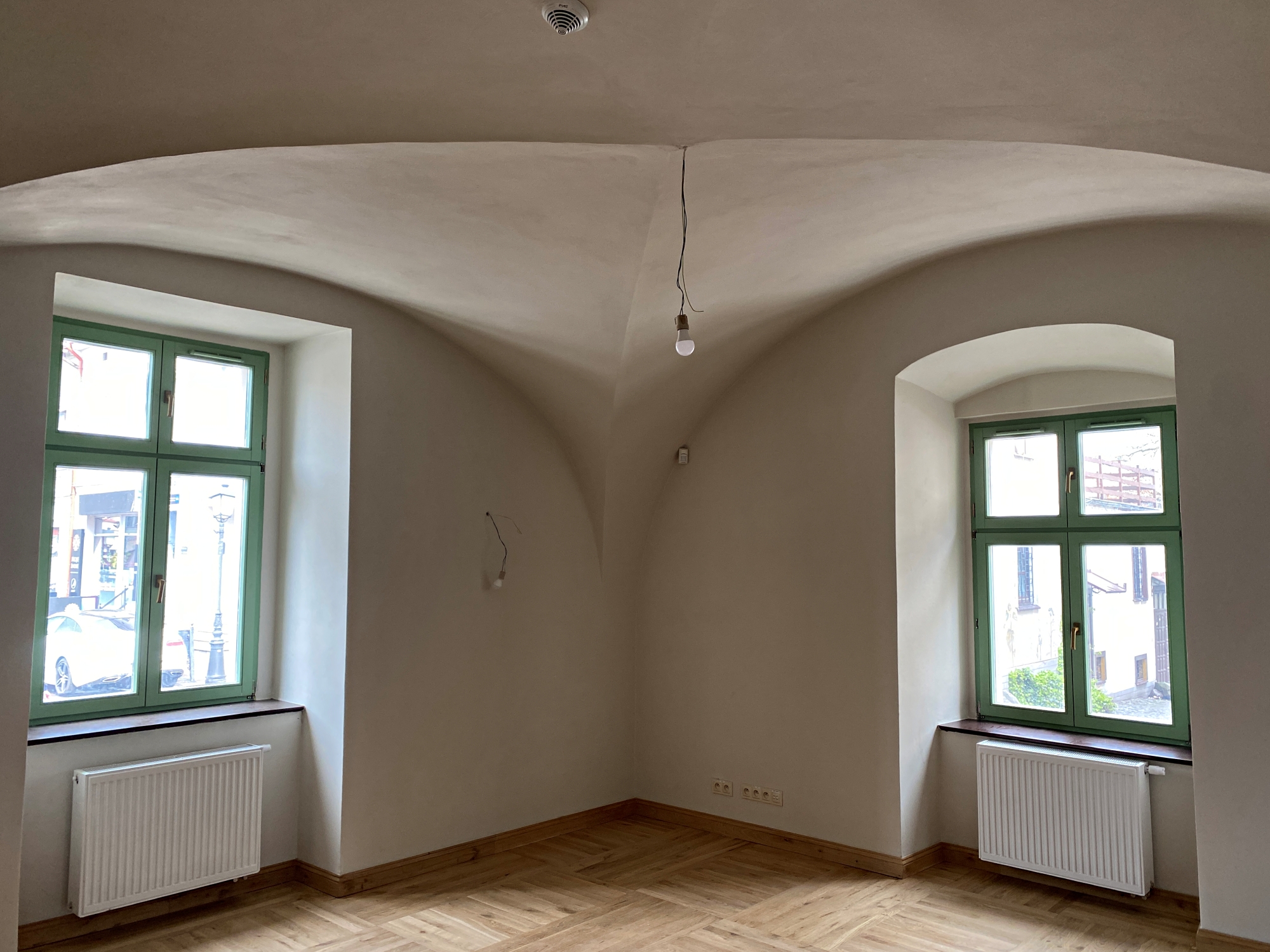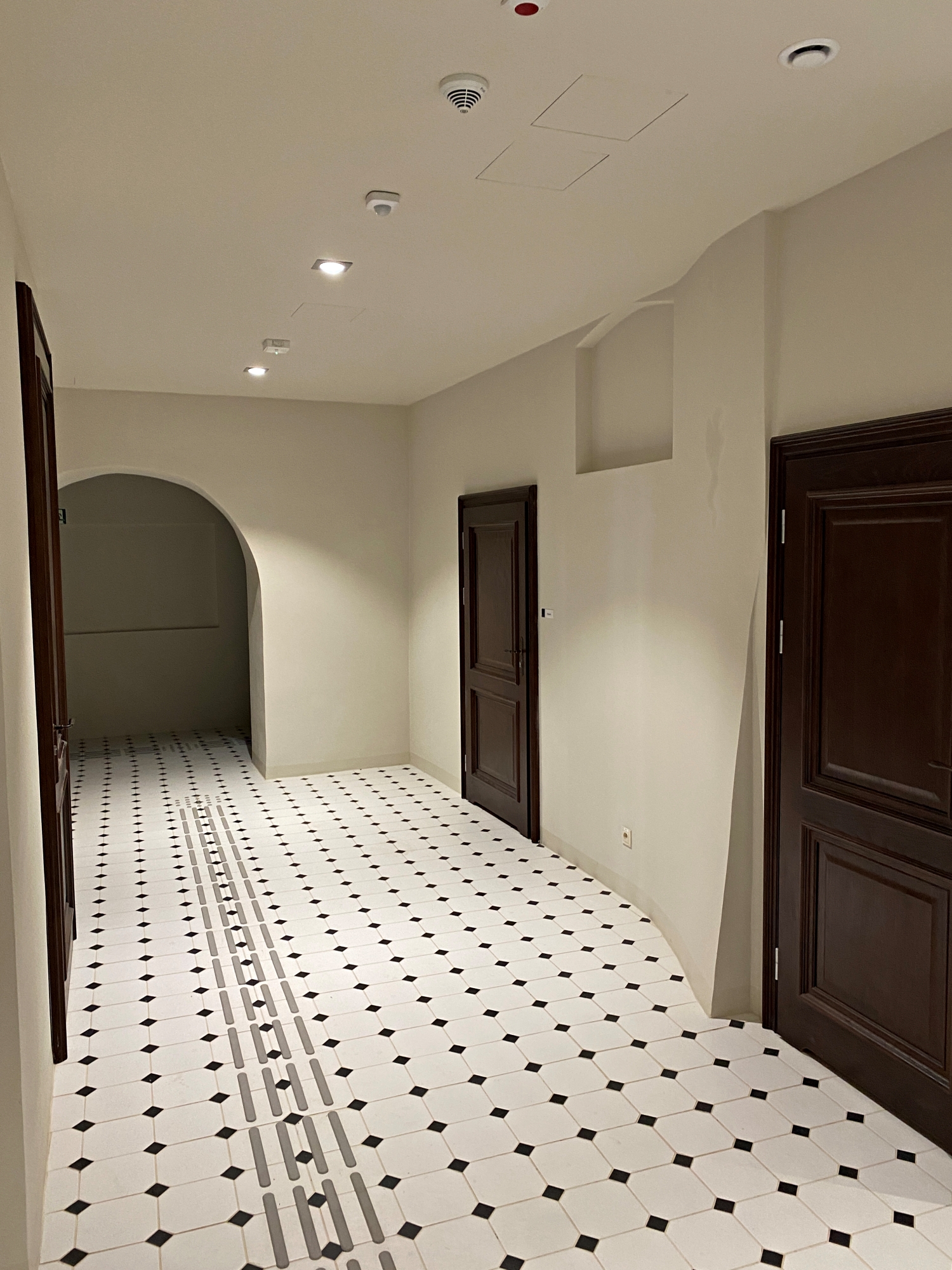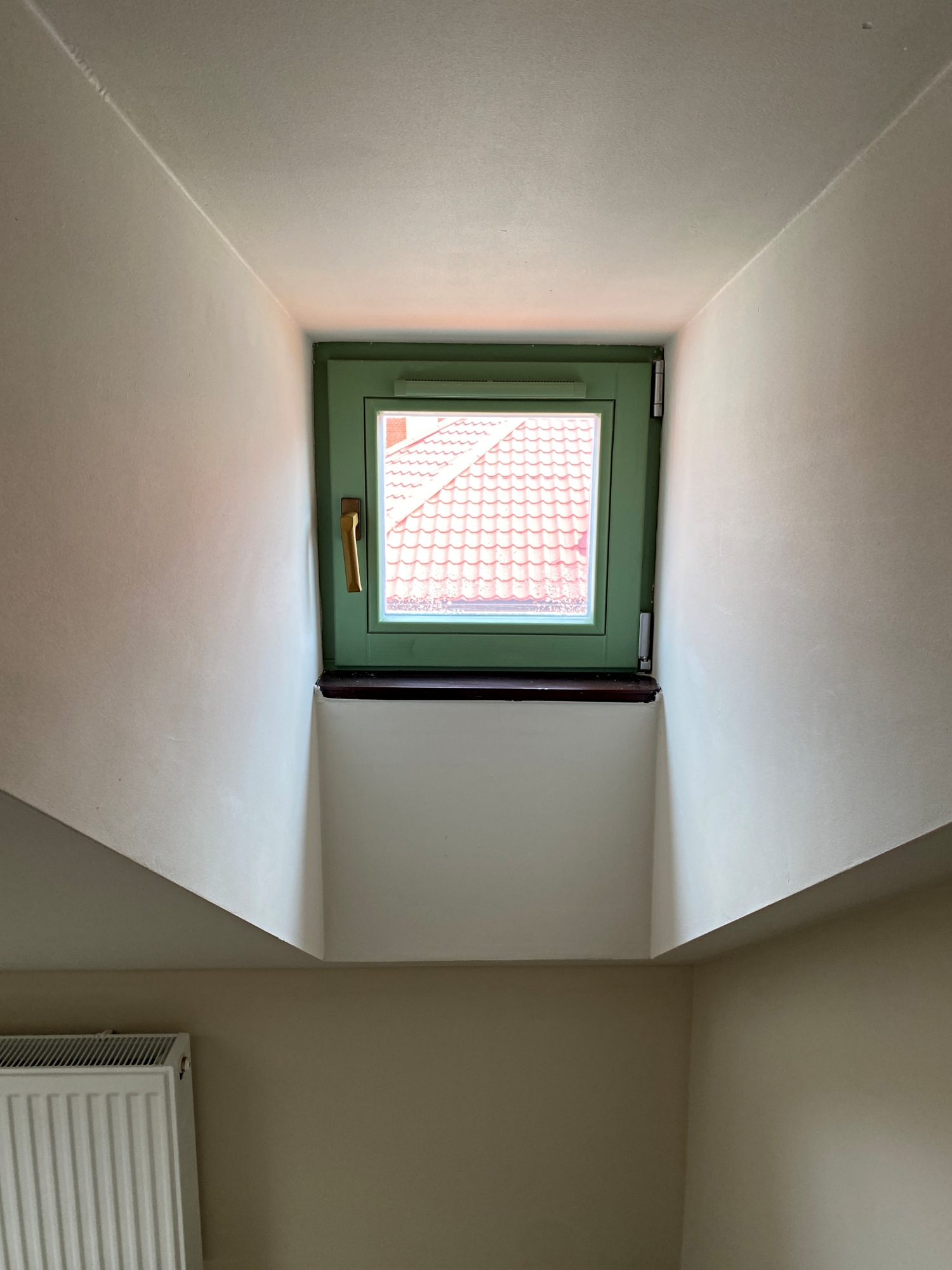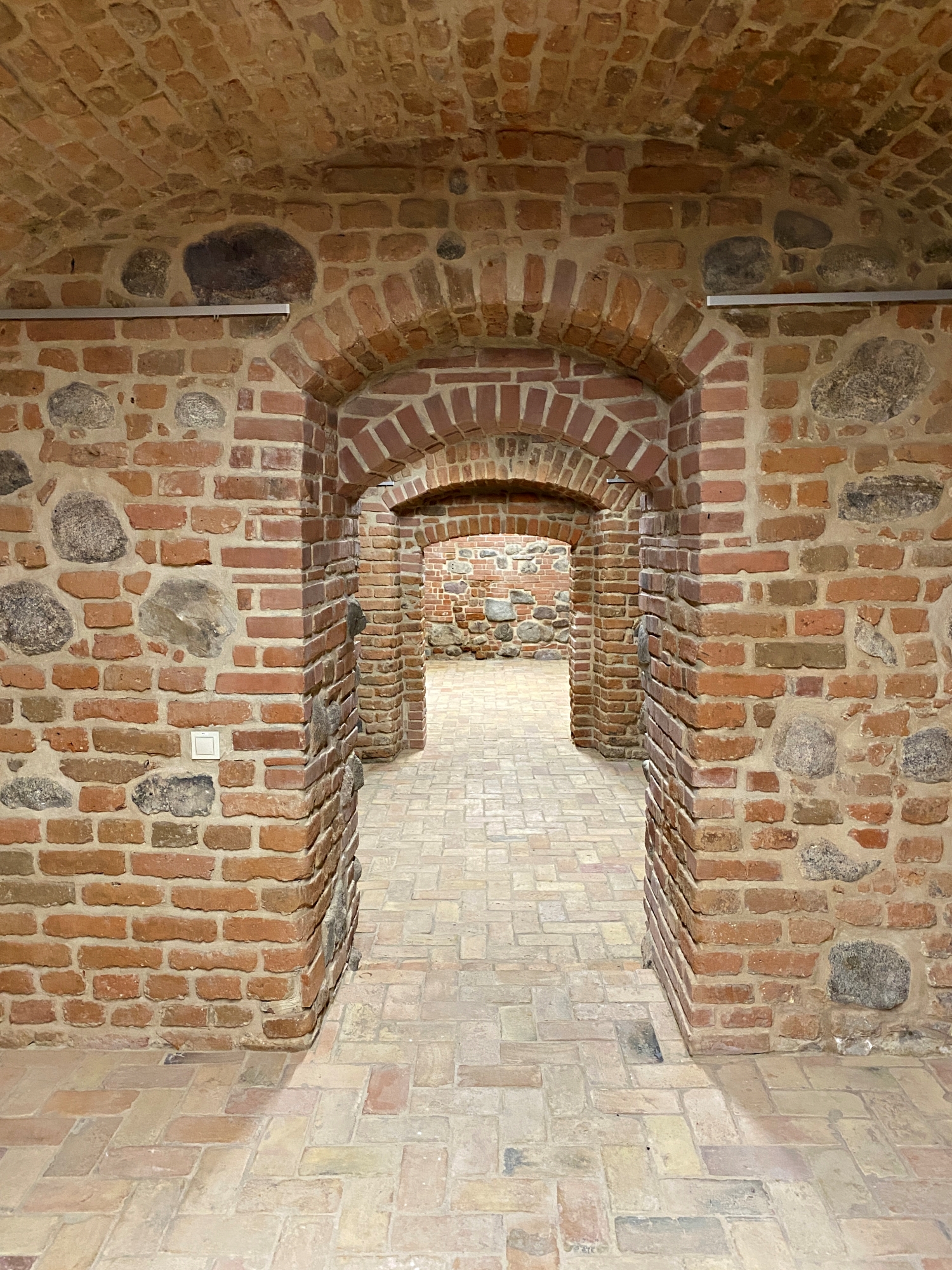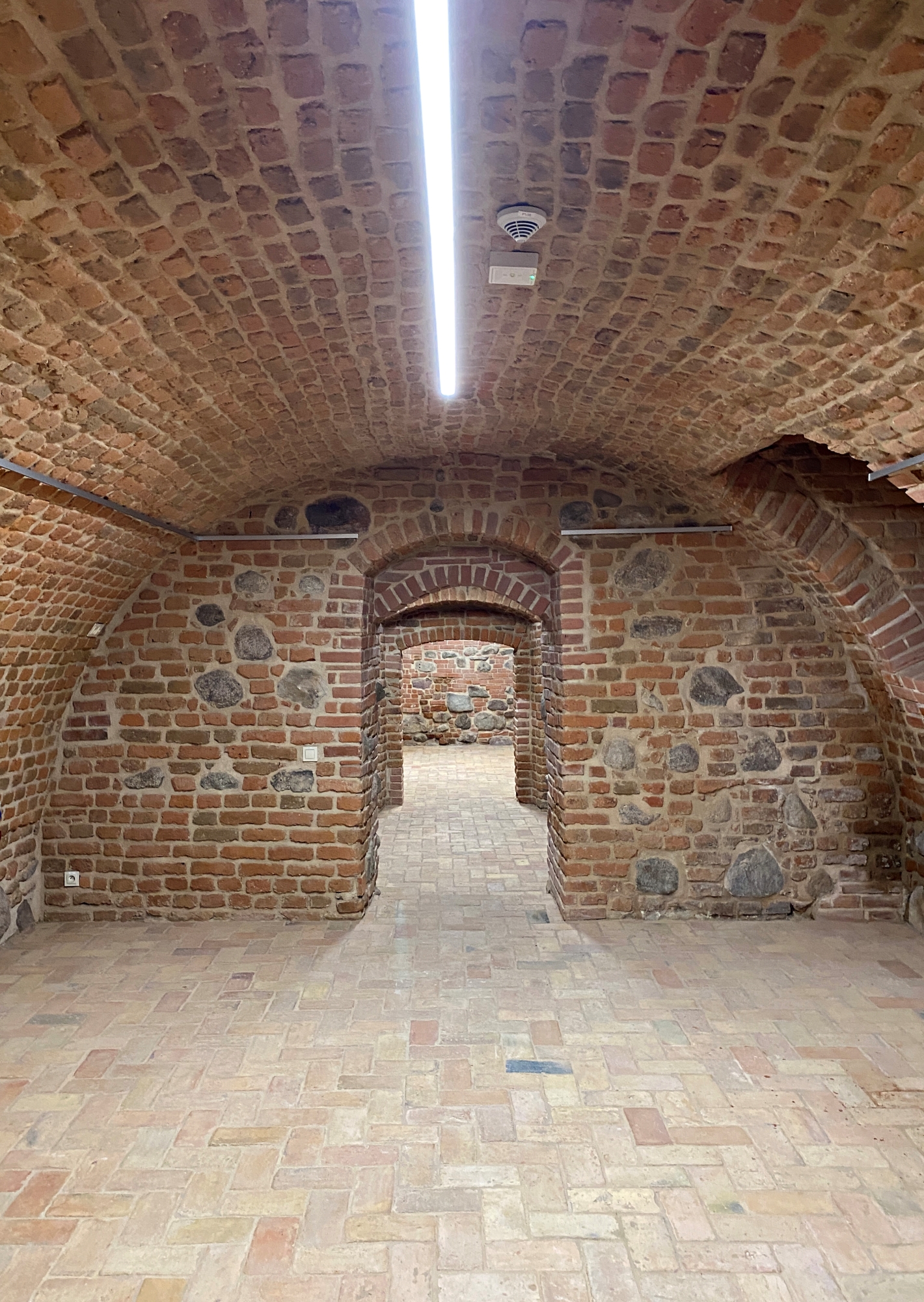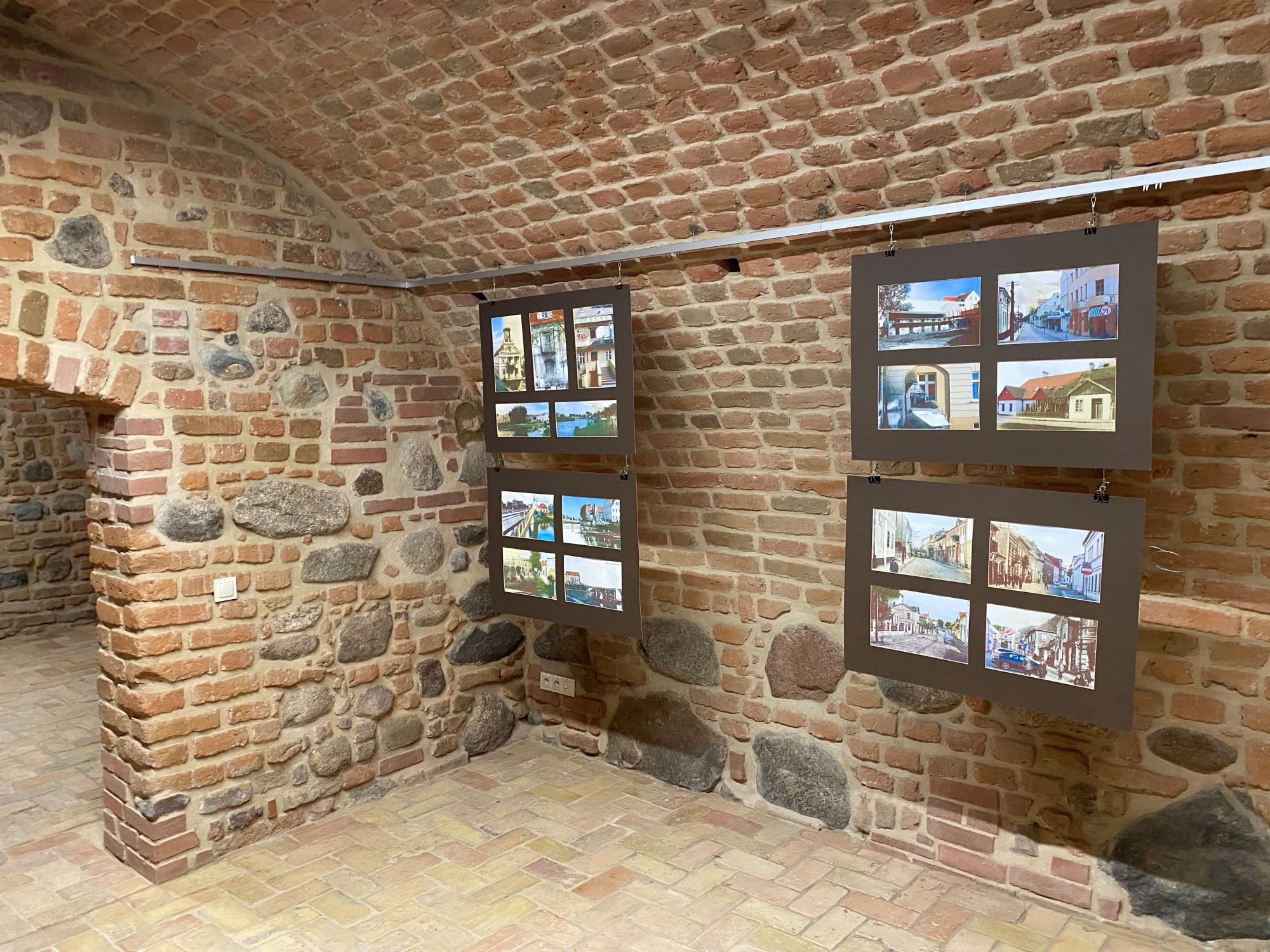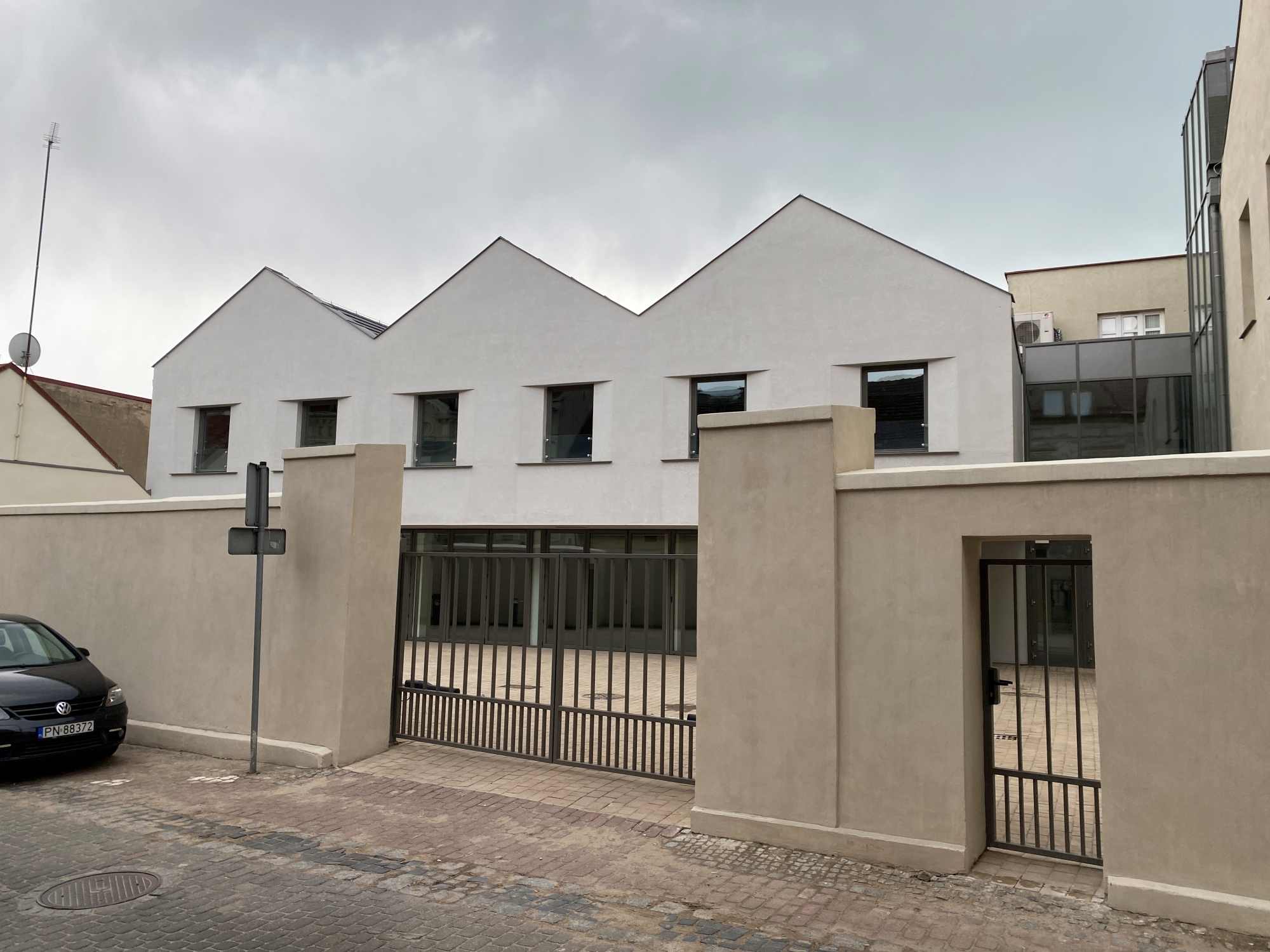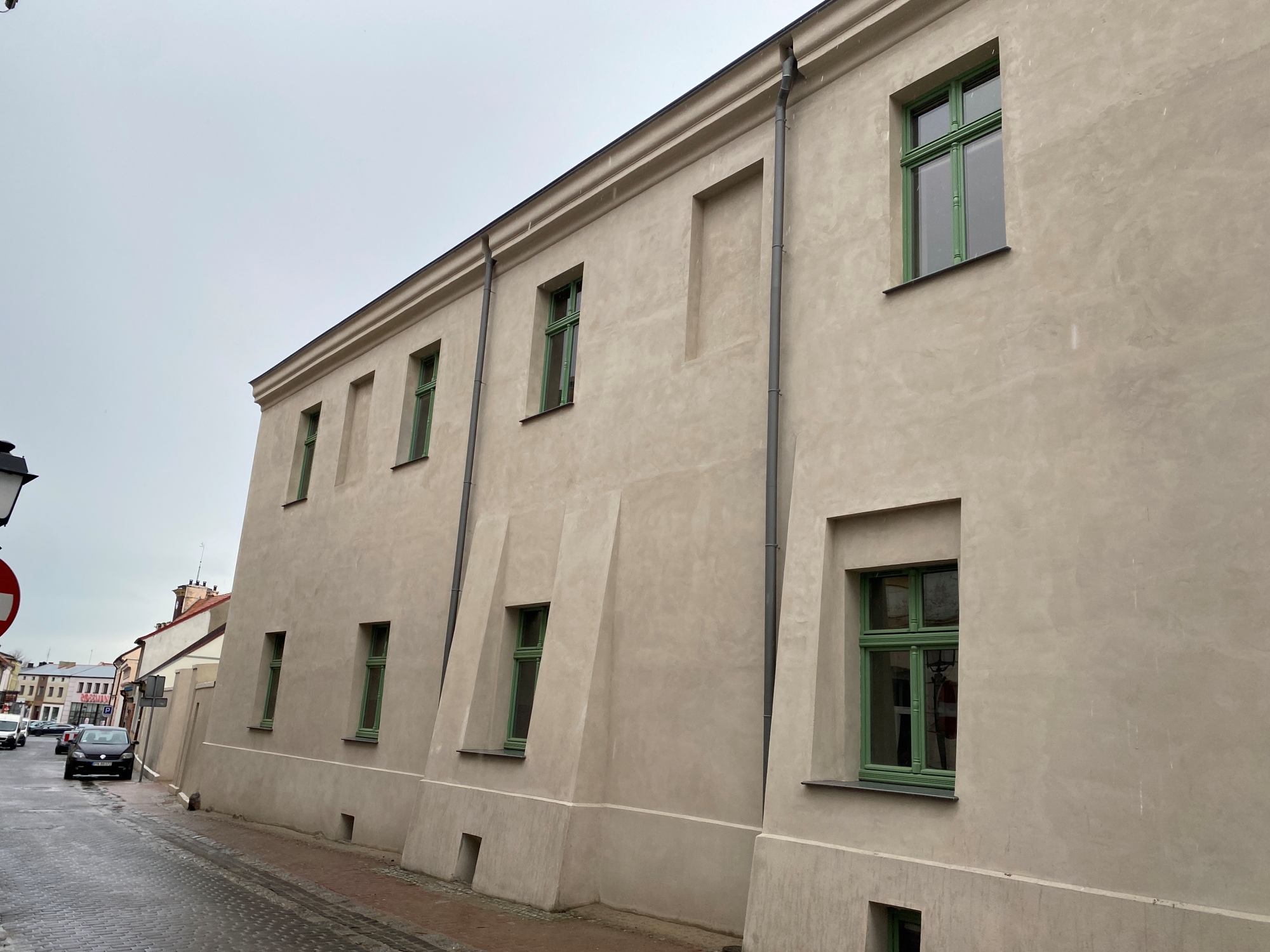The Zemełka House is one of the oldest and most valuable historical monuments in Konin. The simple building, not really distinguishable in its architectural form, was built in the second half of the 16th century. Over the years, the tenement house served many functions, including educational ones. In recent times, the building has stood abandoned. In 2021, advanced modernisation and construction work began. The effects of the three-year renovation of the house of a famous Konin resident are impressive. The renovated interiors have been adapted to the needs of people with disabilities, and a new wing has been built at the rear of the property. The city is now looking for tenants for the building.
The Zemełka House is about 430 years old. It is the oldest brick secular building in Konin. At that time, the town was dominated by wooden buildings. The tenement house was erected in the second half of the 16th century by Jan Zemełka – a Polish physician, philosopher and social activist, who rendered outstanding service not only to his home town, but also to Koło and Kalisz. The building owes its present appearance to reconstructions at the turn of the 19th and 20th centuries. In 1974 the building was entered in the register of historical monuments. From 1866 to 1938, the building served as a school – initially it housed a pro-gymnasium, then a trade school (1907-1919), and until the outbreak of the Second World War, a humanities secondary school.

After the outbreak of war and the entry of the Nazis into Konin, two citizens of the town, Aleksander Kurowski and Mordechai Słodki, were executed under the walls of the Zemełka House on 22 September 1939. This execution was a propaganda exercise, aimed at intimidating the inhabitants and preventing any resistance against the new German authorities. Traces of rifle bullets can still be seen on the façade on the side of Wolności Square. Above the entrance to the building is a plaque (1917) dedicated to Tadeusz Kościuszko. In 1984 a plaque was unveiled in memory of the seven people murdered by German soldiers on 11 November 1918.
The tenement house after the unveiling of the plaque dedicated to Tadeusz Kościuszko in 1917 and a contemporary view. Photo: M. Pęcherski (collection of MOK, inv. no. MOK/H/467) and whiteMAD/Mateusz Markowski
In later years, the Provincial Land Survey Office and the District Land Survey Office operated in the tenement. Since 2014, the house has been owned by the city, which carried out a major renovation. The work took more than three years.
Liberty Square (then Adolf Hitlerplatz) on a postcard from the German occupation and today. Photo: Konin District Museum and whiteMAD/Mateusz Markowski
Today, the renovated tenement impresses with its brick and stone cellars, rooms for hostel purposes arranged on the top floors of the historic building and in the new part, but also with decorative floors, parquet floors, wooden doors, olive-coloured window frames designed on the model of the historic woodwork, wooden stairs and a modern pavilion connected with the historic part by a glazed link with a staircase and lift.
The Zemełka House circa 1910 and today. Photo postcard from the collection of the Iconographic Workshop of the University Library in Poznan and whiteMAD/Mateusz Markowski
As part of the work, all plaster, ceilings, roof trusses with sheathing and all installations were replaced. Secondary partition walls were also removed. Ultimately, the Zemełka House will house an Incubator of Cultural Activities and a Tourist Information Point.
The tenement house before and after renovation. Photo: konin.pl and whiteMAD/Mateusz Markowski
A recent book by Krzysztof Gorczyca of the Konin District Museum entitled. “Zemełka’s tenement house in Konin”. The author exercised archaeological supervision during the renovation of the building. From the news and discoveries he made, an extremely interesting monograph was created.
The back of the house before and after renovation. Photo: Google Maps and whiteMAD/Mateusz Markowski
The investment cost PLN 21.5 million, of which PLN 8 million came from EU funds, almost PLN 5 million from the Polish Order and another PLN 2 million from the Government’s Local Investment Fund.
Many thanks to Mr Andrzej Łącki, the guide, for his help with the article.
Source: konin.pl, konin.naszemiasto.pl
Read also: Monument | Architecture in Poland | Metamorphosis | Konin | Renovation

